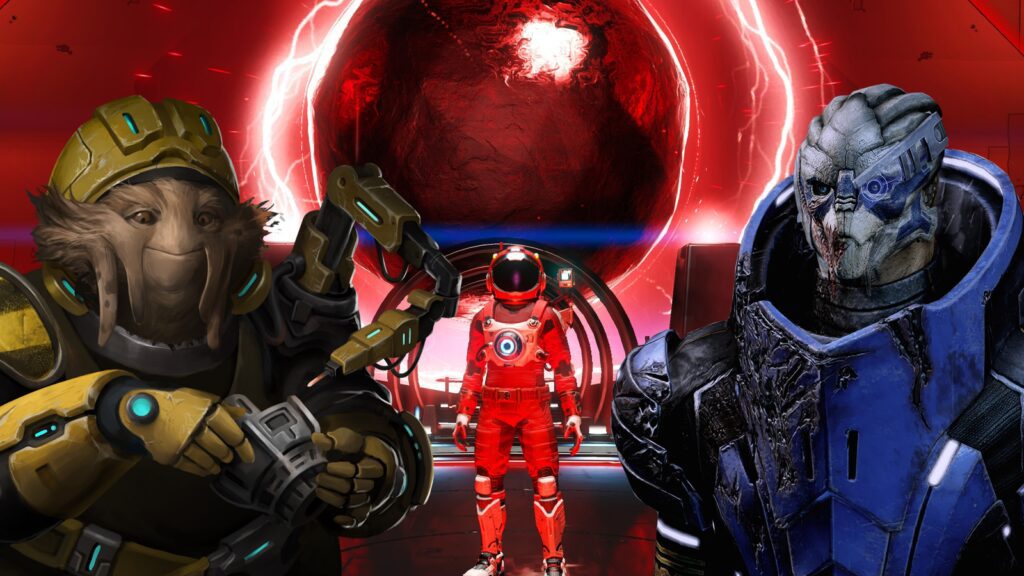This article explores the world of visual effects in modern games, highlighting their importance in creating captivating gaming experiences. It discusses the process of game development, including pre-production, production, and post-production stages, where visual effects are integrated. The article also mentions popular tools and software used by game developers to create visual effects, such as game engines, 3D modeling and animation software, and visual effects software. It concludes by mentioning the future of visual effects in games, which includes advancements in technology such as real-time ray tracing, machine learning, artificial intelligence, and the emergence of virtual reality and augmented reality.
Beyond Realism: The Intricate World of Visual Effects in Modern Games
Introduction
In the past few decades, the gaming industry has witnessed a remarkable evolution in visual effects. From simple pixelated graphics to highly detailed, lifelike visuals, modern games have become a testament to the advancements in technology and the creativity of game developers. This article delves into the process of how games are made, focusing particularly on the intricate world of visual effects that contribute to the immersive gaming experiences we enjoy today.
The Importance of Visual Effects
Visual effects in games play a crucial role in creating a captivating gaming experience. They enhance the player’s immersion, help establish the game world’s atmosphere, and add depth to the storytelling. Whether it’s the realistic lighting, fluid animations, or the intricate details in character models and environments, visual effects are key to bringing a game to life.
The Process of Game Development
Game development involves multiple stages, from ideation and conceptualization to design, production, and finally, release. Visual effects are integrated throughout this process to ensure a visually stunning final product.
Pre-production
During the pre-production phase, game developers brainstorm ideas, create concepts, and establish the artistic direction of the game. This is where they lay the foundation for the visual effects that will be implemented later on. Artists and designers collaborate to develop concept art, storyboards, and style guides that serve as references for the game’s visual style.
Production
Once the pre-production stage is complete, the development team moves into the production phase. This involves creating the actual assets and implementing them into the game engine. Artists and animators work on character models, environments, textures, and animations, while programmers and technical artists build the necessary tools and pipelines for integrating the visual effects seamlessly.
Post-production
During post-production, the finishing touches are added to the game. Visual effects are optimized, refined, and polished to ensure the best possible experience for the players. This stage involves fine-tuning the lighting, particle effects, shaders, and post-processing effects to create a visually stunning and cohesive game.
The Tools of the Trade
Game developers utilize a wide range of tools and software to create visual effects. Some popular tools include:
Game Engines
Game engines like Unity and Unreal Engine provide developers with a comprehensive suite of tools for creating and implementing visual effects. These engines offer real-time rendering, physics simulations, lighting systems, and visual scripting capabilities that make it easier to bring artistic visions to life.
3D Modeling and Animation Software
Software such as Autodesk Maya, 3ds Max, and Blender are commonly used for creating 3D models, character animations, and environmental assets. These tools allow artists to sculpt, texture, rig, and animate virtual objects with great precision.
Visual Effects Software
Specific software like Adobe After Effects and Houdini specialize in creating and editing visual effects. These tools offer a wide range of features for creating particle effects, fluid simulations, explosions, and other complex effects.
The Future of Visual Effects in Games
As technology continues to advance, so do the possibilities for visual effects in games. Real-time ray tracing, for instance, is revolutionizing the way lighting and reflections are rendered in games, providing even more realistic and immersive experiences. Additionally, advancements in machine learning and artificial intelligence are enabling developers to create more lifelike animations and behaviors for characters and NPCs.
Furthermore, virtual reality (VR) and augmented reality (AR) are introducing entirely new dimensions of visual effects, allowing players to fully immerse themselves in digital worlds or overlay virtual elements onto the real world. These advancements open up a whole new set of challenges and opportunities for game developers to explore.
